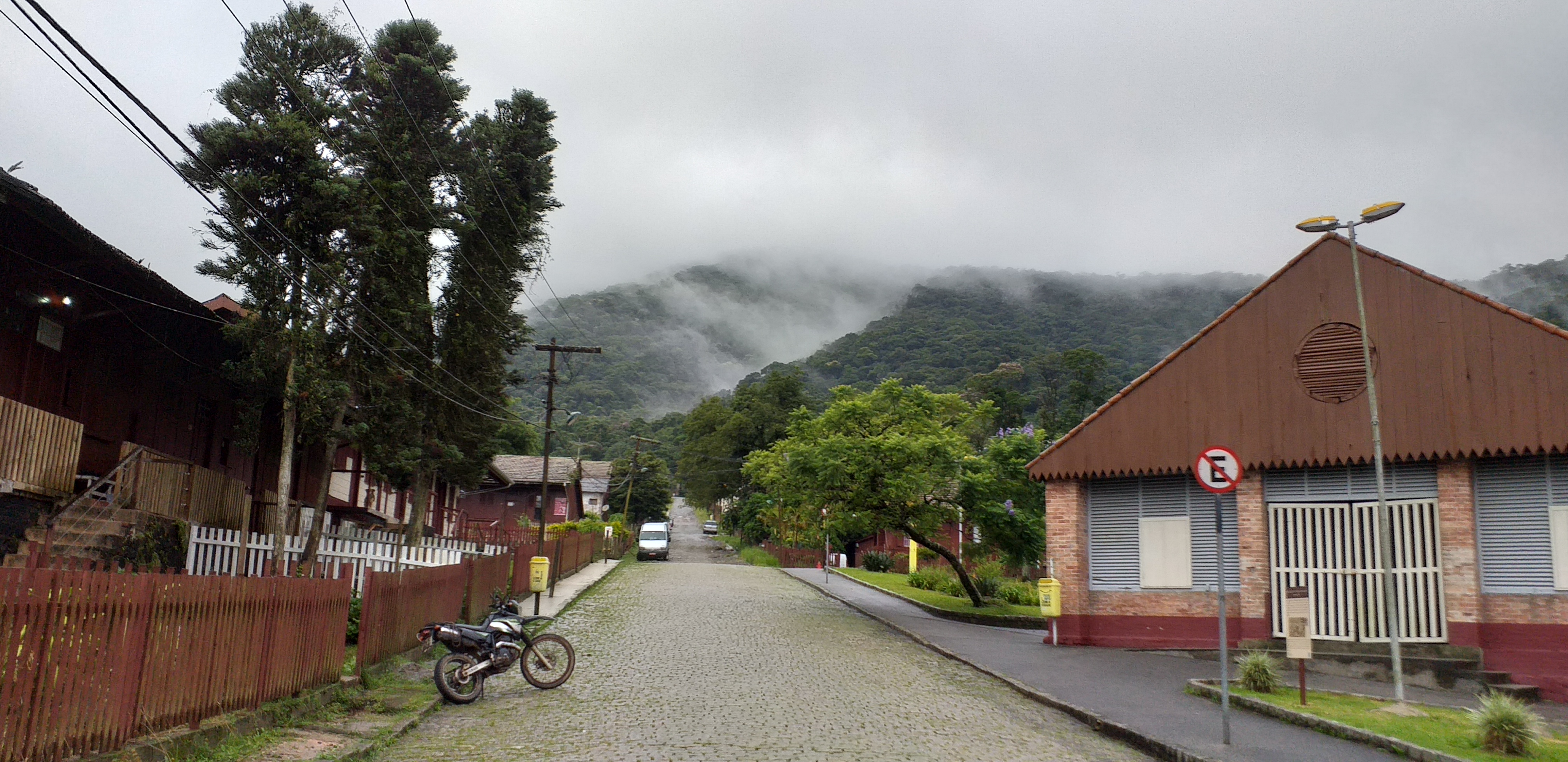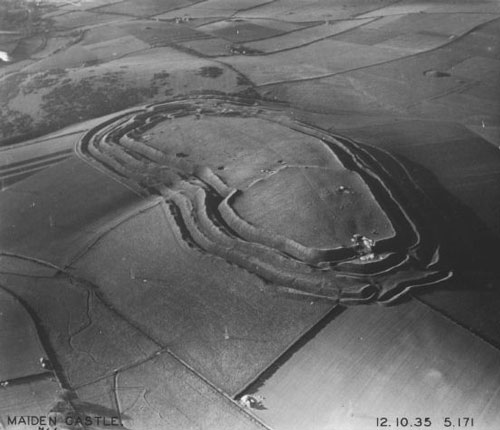|
Sychnant Pass
Sychnant Pass (Welsh: ''Bwlch Sychnant'', "Dry-stream Pass") in Conwy County Borough, Wales, links Conwy to Penmaenmawr via Dwygyfylchi. Much of the pass is in Snowdonia National Park, and a large area of land within it has been designated a Site of Special Scientific Interest. At the bottom is the village of Capelulo, which lends its name to the community of Penmaenmawr. Before the coming of the railway to the North Wales coast, the road through Sychnant Pass was the route of choice for mail coaches at high tide, when the faster and safer route along the sands was unusable. After leaving Conwy, the route runs westward through the valley on the south side of Mynydd y Dref (Conwy Mountain), which is topped by the hillfort of Castell Caer Seion. There are parallel tracks and footpaths (including the North Wales Path) on Mynydd y Dref for most of the way. Also Allt-Wen () and Penmaenbach () can be climbed from here. At the western end of the valley, the Sychnant Pass Road ... [...More Info...] [...Related Items...] OR: [Wikipedia] [Google] [Baidu] |
North Wales
North Wales ( cy, Gogledd Cymru) is a region of Wales, encompassing its northernmost areas. It borders Mid Wales to the south, England to the east, and the Irish Sea to the north and west. The area is highly mountainous and rural, with Snowdonia National Park ( and the Clwydian Range and Dee Valley (), known for its mountains, waterfalls and trails, wholly within the region. Its population is concentrated in the north-east and northern coastal areas, with significant Welsh-speaking populations in its western and rural areas. North Wales is imprecisely defined, lacking any exact definition or administrative structure. It is commonly defined administratively as its six most northern principal areas, but other definitions exist, with Montgomeryshire historically considered to be part of the region. Those from North Wales are sometimes referred to as "Gogs" (from "Gogledd" – the Welsh word for "north"); in comparison, those from South Wales are sometimes called "Hwntws" by those ... [...More Info...] [...Related Items...] OR: [Wikipedia] [Google] [Baidu] |
Roads In Conwy County Borough
A road is a linear way for the conveyance of traffic that mostly has an improved surface for use by vehicles (motorized and non-motorized) and pedestrians. Unlike streets, the main function of roads is transportation. There are many types of roads, including parkways, avenues, controlled-access highways (freeways, motorways, and expressways), tollways, interstates, highways, thoroughfares, and local roads. The primary features of roads include lanes, sidewalks (pavement), roadways (carriageways), medians, shoulders, verges, bike paths (cycle paths), and shared-use paths. Definitions Historically many roads were simply recognizable routes without any formal construction or some maintenance. The Organization for Economic Co-operation and Development (OECD) defines a road as "a line of communication (travelled way) using a stabilized base other than rails or air strips open to public traffic, primarily for the use of road motor vehicles running on their own wheels", which ... [...More Info...] [...Related Items...] OR: [Wikipedia] [Google] [Baidu] |
Mountain Passes Of Snowdonia
A mountain is an elevated portion of the Earth's crust, generally with steep sides that show significant exposed bedrock. Although definitions vary, a mountain may differ from a plateau in having a limited summit area, and is usually higher than a hill, typically rising at least 300 metres (1,000 feet) above the surrounding land. A few mountains are isolated summits, but most occur in mountain ranges. Mountains are formed through tectonic forces, erosion, or volcanism, which act on time scales of up to tens of millions of years. Once mountain building ceases, mountains are slowly leveled through the action of weathering, through slumping and other forms of mass wasting, as well as through erosion by rivers and glaciers. High elevations on mountains produce colder climates than at sea level at similar latitude. These colder climates strongly affect the ecosystems of mountains: different elevations have different plants and animals. Because of the less hospitable terrain and ... [...More Info...] [...Related Items...] OR: [Wikipedia] [Google] [Baidu] |
Chapel
A chapel is a Christian place of prayer and worship that is usually relatively small. The term has several meanings. Firstly, smaller spaces inside a church that have their own altar are often called chapels; the Lady chapel is a common type of these. Secondly, a chapel is a place of worship, sometimes non-denominational, that is part of a building or complex with some other main purpose, such as a school, college, hospital, palace or large aristocratic house, castle, barracks, prison, funeral home, cemetery, airport, or a military or commercial ship. Thirdly, chapels are small places of worship, built as satellite sites by a church or monastery, for example in remote areas; these are often called a chapel of ease. A feature of all these types is that often no clergy were permanently resident or specifically attached to the chapel. Finally, for historical reasons, ''chapel'' is also often the term used by independent or nonconformist denominations for their places of wor ... [...More Info...] [...Related Items...] OR: [Wikipedia] [Google] [Baidu] |
North Wales Path
The North Wales Path ( cy, Llwybr y Gogledd) is a long-distance walk of some that runs close to the coast of northern Wales between Prestatyn in the east and Bangor in the west. Parts of it overlap with the Wales Coast Path. The path runs along parts of the Clwydian Range and Dee Valley Area of Outstanding Natural Beauty (AONB). The path was devised, implemented and maintained by the then Countryside Council for Wales (merged to form Natural Resources Wales) and the three councils of: Gwynedd, Conwy, and Denbighshire. Route The route mostly follows existing public footpaths and is waymarked with its own logo. The path can easily be broken up into smaller, accessible sections, and many of these are well used. Popular sections include the Prestatyn–Dyserth Way, a former railway trackbed, the Great Orme and Little Orme at Llandudno, Mynydd y Dref (Conwy Mountain) between Conwy and Sychnant Pass, and Aber Falls. Interconnecting paths The Wales Coast Path, an long-distanc ... [...More Info...] [...Related Items...] OR: [Wikipedia] [Google] [Baidu] |
Hillfort
A hillfort is a type of earthwork used as a fortified refuge or defended settlement, located to exploit a rise in elevation for defensive advantage. They are typically European and of the Bronze Age or Iron Age. Some were used in the post- Roman period. The fortification usually follows the contours of a hill and consists of one or more lines of earthworks, with stockades or defensive walls, and external ditches. Hillforts developed in the Late Bronze and Early Iron Age, roughly the start of the first millennium BC, and were used in many Celtic areas of central and western Europe until the Roman conquest. Nomenclature The spellings "hill fort", "hill-fort" and "hillfort" are all used in the archaeological literature. The ''Monument Type Thesaurus'' published by the Forum on Information Standards in Heritage lists ''hillfort'' as the preferred term. They all refer to an elevated site with one or more ramparts made of earth, stone and/or wood, with an external ditch ... [...More Info...] [...Related Items...] OR: [Wikipedia] [Google] [Baidu] |
Mynydd Y Dref
Mynydd y Dref (Welsh : ''"Mountain of the Town"'') or Conwy Mountain is a hilly area to the west of the town of Conwy, in North Wales. To the north it overlooks the sea of Conwy Bay, and to the south lie the foothills of the Carneddau range of mountains, of which it forms a part. Mynydd y Dref is the remains of an ancient volcano that erupted about 450 million years ago. At the summit of Conwy Mountain are the Neolithic Hut Circles and the Iron Age hillfort of Castell Caer Seion (sometimes called Castell Caer Lleion). Castell Caer Seion comprised a stone walled fort, and remains show this to have been an extensive site, incorporated more than 50 hut circles and levelled platform houses, and with a citadel and outposts. Limited excavations were undertaken in 1951. No datable remains were found, only slingstones, querns and stone pestles and mortars, which suggests that, unlike many hillforts in north Wales, this site was not reoccupied in the late Roman period. Millsto ... [...More Info...] [...Related Items...] OR: [Wikipedia] [Google] [Baidu] |
Mail Coach
A mail coach is a stagecoach that is used to deliver mail. In Great Britain, Ireland, and Australia, they were built to a General Post Office-approved design operated by an independent contractor to carry long-distance mail for the Post Office. Mail was held in a box at the rear where the only Royal Mail employee, an armed guard, stood. Passengers were taken at a premium fare. There was seating for four passengers inside and more outside with the driver. The guard's seat could not be shared. This distribution system began in Britain in 1784. In Ireland the same service began in 1789, and in Australia it began in 1828. A mail coach service ran to an exact and demanding schedule. Aside from quick changes of horses the coach only stopped for collection and delivery of mail and never for the comfort of the passengers. To avoid a steep fine turnpike gates had to be open by the time the mail coach with its right of free passage passed through. The gatekeeper was warned by the sound of ... [...More Info...] [...Related Items...] OR: [Wikipedia] [Google] [Baidu] |
Community (Wales)
A community ( cy, cymuned) is a division of land in Wales that forms the lowest tier of local government in Wales. Welsh communities are analogous to civil parishes in England. There are 878 communities in Wales. History Until 1974 Wales was divided into civil parishes. These were abolished by section 20 (6) of the Local Government Act 1972, and replaced by communities by section 27 of the same Act. The principal areas of Wales are divided entirely into communities. Unlike in England, where unparished areas exist, no part of Wales is outside a community, even in urban areas. Most, but not all, communities are administered by community councils, which are equivalent to English parish councils in terms of their powers and the way they operate. Welsh community councils may call themselves town councils unilaterally and may have city status granted by the Crown. In Wales, all town councils are community councils. There are now three communities with city status: Bangor, St ... [...More Info...] [...Related Items...] OR: [Wikipedia] [Google] [Baidu] |





